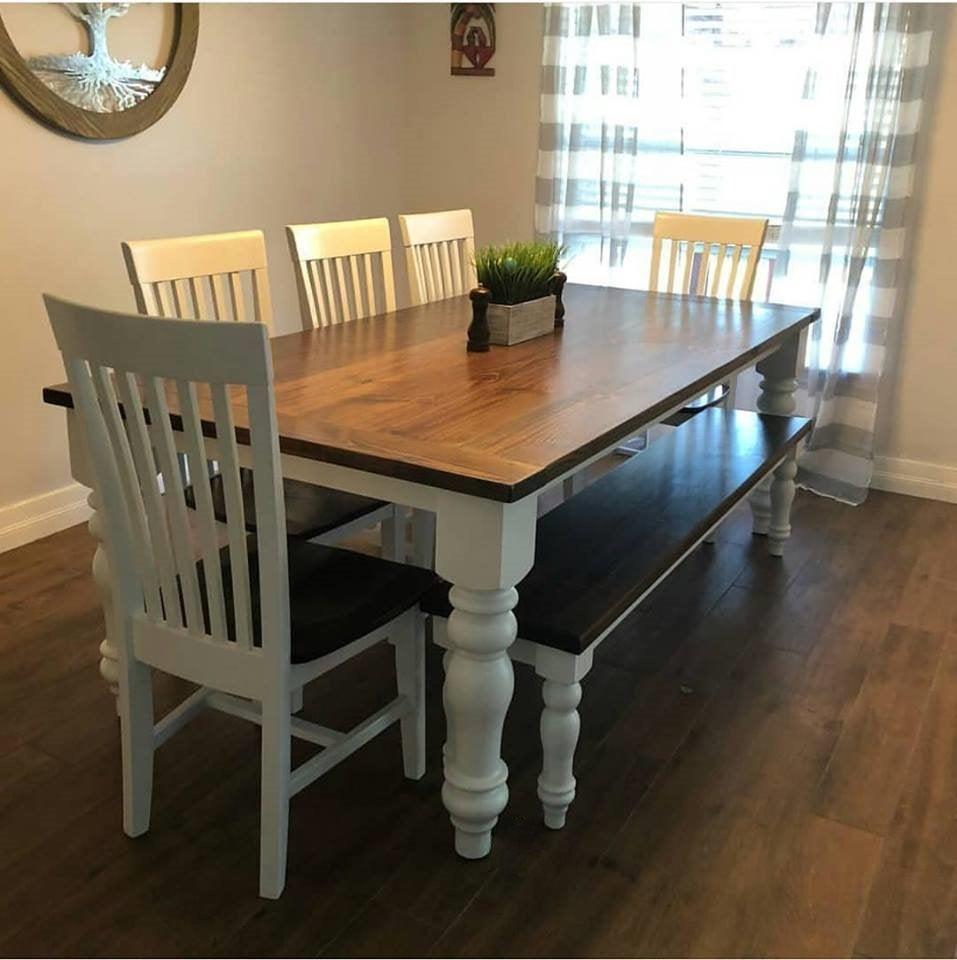Unique Dining Room Table Legs to Transform Your Eating Location
Unique Dining Room Table Legs to Transform Your Eating Location
Blog Article
An In-depth Take A Look At Eating Table Leg Styles: Finding the Suitable Match
Picking the right eating table leg design is essential for both visual allure and practical performance. Conventional 4 legs provide classic style and security, while the stand base supplies enhanced legroom and a modern-day look. For those with bigger tables, trestle legs make certain tough assistance, whereas barrette legs introduce a mid-century contemporary vibe with their minimal style. The x-shaped legs blend modern design with boosted stability. Each of these choices brings one-of-a-kind advantages, making the option much more than simply a matter of preference. Discover even more to discover which style completely enhances your dining space and lifestyle.
Standard Four Legs
Amongst the different kinds of table leg designs, the standard four-leg layout continues to be a timeless choice for numerous households. This timeless setup uses an unified mix of performance and aesthetic appeals, making it a seasonal favorite. 4 legs offer well balanced support, ensuring the table remains stable and with the ability of birthing substantial weight. This is specifically beneficial for households that frequently hold big gatherings or utilize their dining table for multiple purposes, such as work or crafting.
From an aesthetic perspective, the traditional four-leg layout can be conveniently adapted to various indoor designs. Whether crafted from wood, metal, or a mix of products, these legs can be elaborately carved, sleek and minimalistic, or anything in between. Their convenience enables them to complement both rustic and modern setups effortlessly.
Furthermore, the straightforward framework of the four-leg style facilitates convenience of motion and placement within an area. Unlike more facility bases, this style minimizes blockages, offering ample legroom for restaurants. In summary, the standard four-leg dining table leg design marries sustaining sophistication with practical capability, making it a sharp option for those seeking both kind and feature in their eating furniture.
Stand Base
Frequently commemorated for its classy and space-efficient design, the pedestal base is a recognized choice to the typical four-leg configuration in dining table leg styles. Without corner legs, restaurants are managed better freedom of movement, making it an optimal option for round and oblong tables that advertise even more intimate and comprehensive celebrations.
The main column itself provides a canvas for intricate layouts and creative expressions, adding a component of aesthetic interest beneath the table. In recap, the pedestal base incorporates performance with style, making it an improved and useful option for varied dining settings.
Trestle Legs
Trestle legs offer a durable and ageless foundation for eating tables, characterized by their straight cross-bracing and durable assistance beam of lights. Originating from middle ages times, this design has actually evolved yet preserved its vital structure, making it a seasonal favorite in both standard and contemporary setups. The main trestle beam of light, often sustained by 2 or more upright posts, uses extraordinary security, enabling bigger table sizes without the need site web for extra legs.
A significant advantage of trestle leg tables is the enough legroom they provide. Unlike tables with 4 corner legs, the absence of blockages at the table's sides provides unobstructed room for chairs and diners, improving convenience and accessibility. This makes trestle tables suitable for suiting larger events, whether in an eating area or a banquet hall.
From rustic farmhouse to sleek modern-day styles, trestle legs can be personalized to match specific preferences. Their long-lasting allure and useful advantages make trestle legs an engaging option for those seeking both style and functionality in their dining table.
Hairpin Legs

The charm of barrette legs lies in their simplicity and convenience - dining room table legs. Available in a series of products, including steel and brass, they can be completed in countless colors to additional reading complement various indoor designs. Whether coupled with a rustic wooden table top or a modern glass surface, hairpin legs effortlessly mix capability with a touch of classic charm
Toughness is another noteworthy function of barrette legs. Regardless of their fragile look, these legs are engineered to bear considerable weight, making sure the eating table continues to be secure and secure. Additionally, they are fairly simple to set up, making them a preferred selection for do it yourself fanatics and specialist furnishings manufacturers alike.
X-Shaped Legs

Created from materials such as steel, wood, or a combination of both, X-shaped legs can be customized to match numerous design preferences. Steel legs typically provide a streamlined and commercial feel, ideal for loft-style houses and contemporary eating rooms.
In addition, the design behind X-shaped legs ensures even weight distribution, reducing the danger of tottering and boosting resilience. This makes them especially appropriate for larger table that need extra support. Basically, X-shaped legs blend useful engineering with contemporary looks, making them an ageless option for varied dining environments.
Conclusion
An extensive understanding of eating table leg designs reveals the unique qualities and benefits of each design. Trestle legs guarantee robust assistance for larger tables, and barrette legs introduce a mid-century modern visual.
Report this page